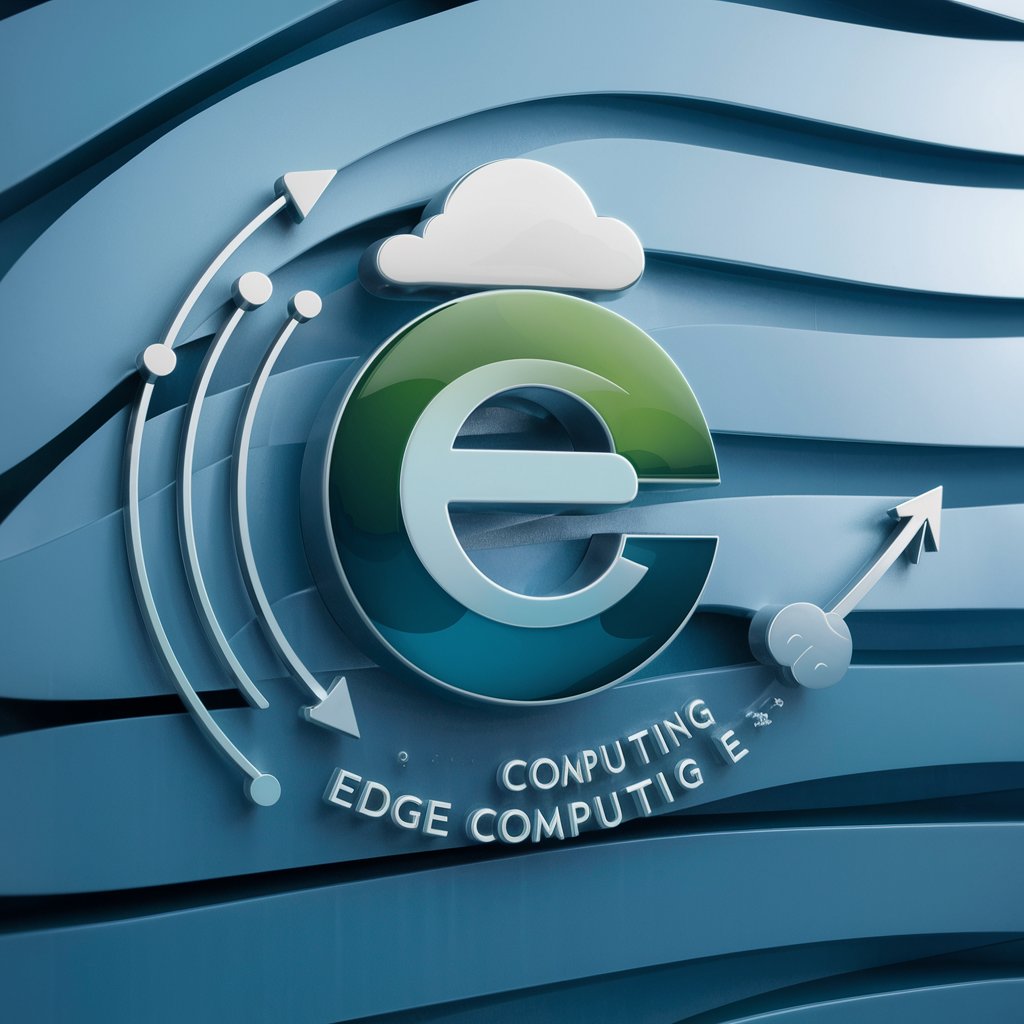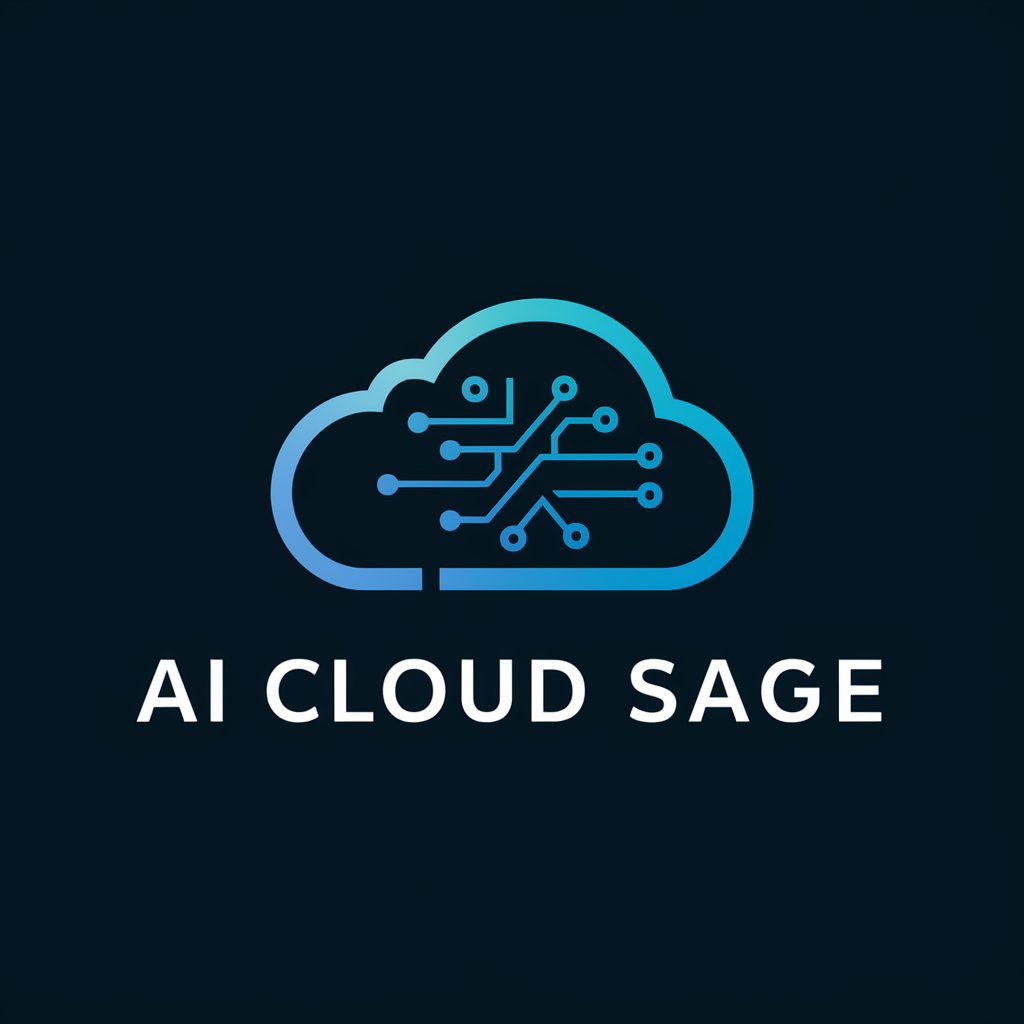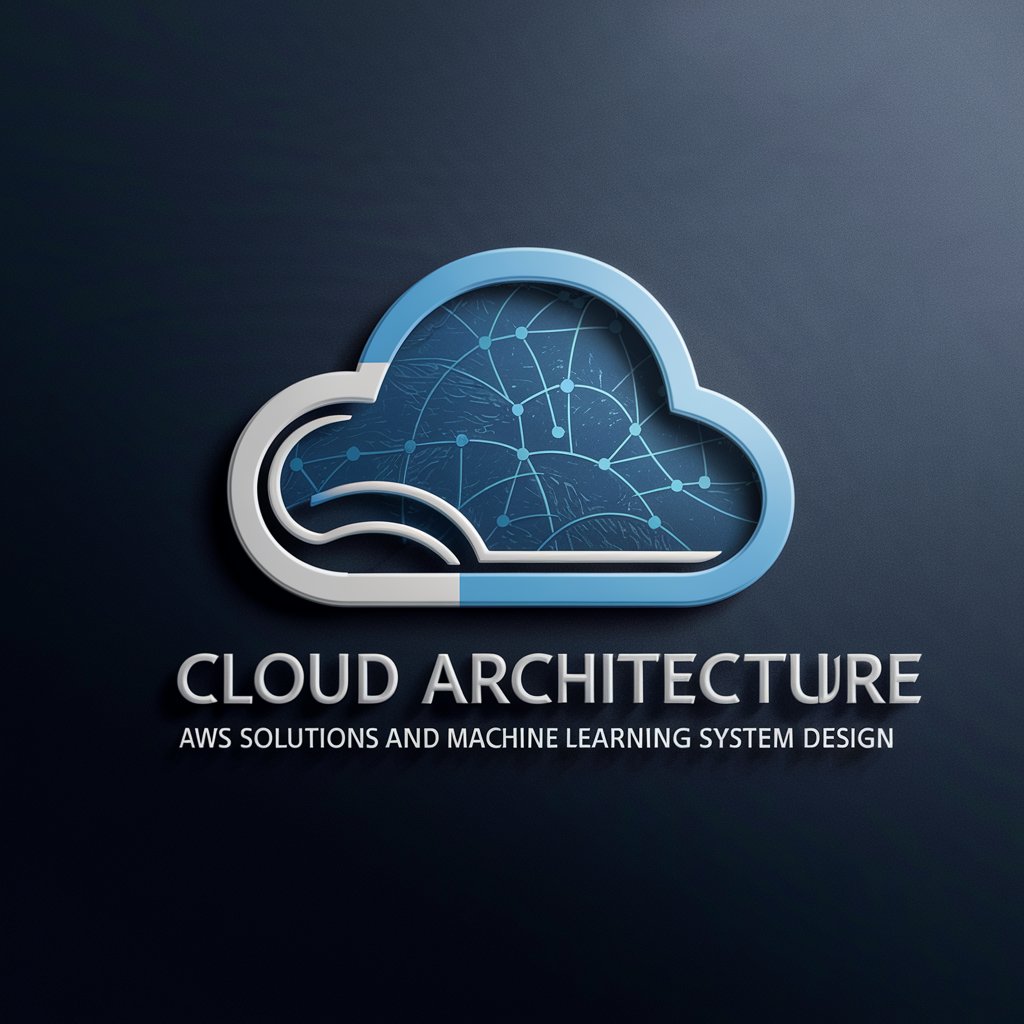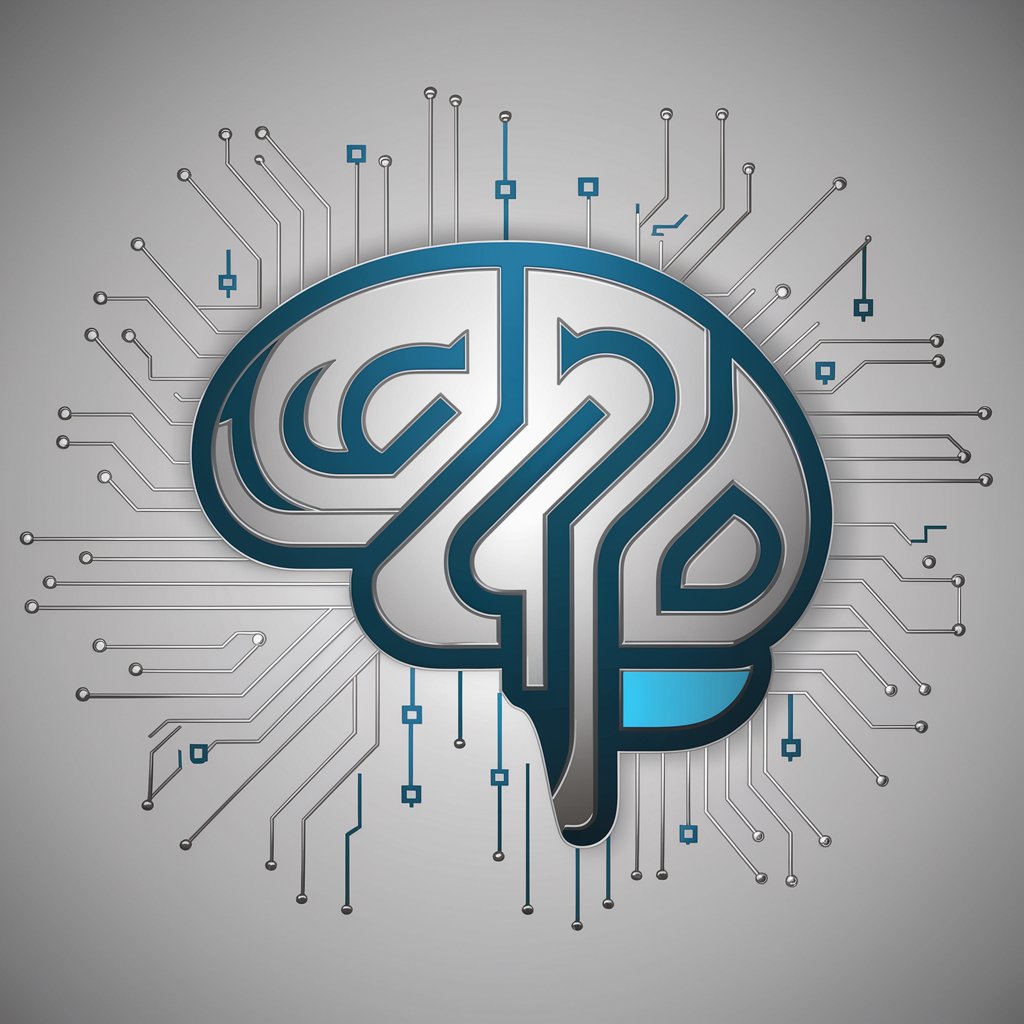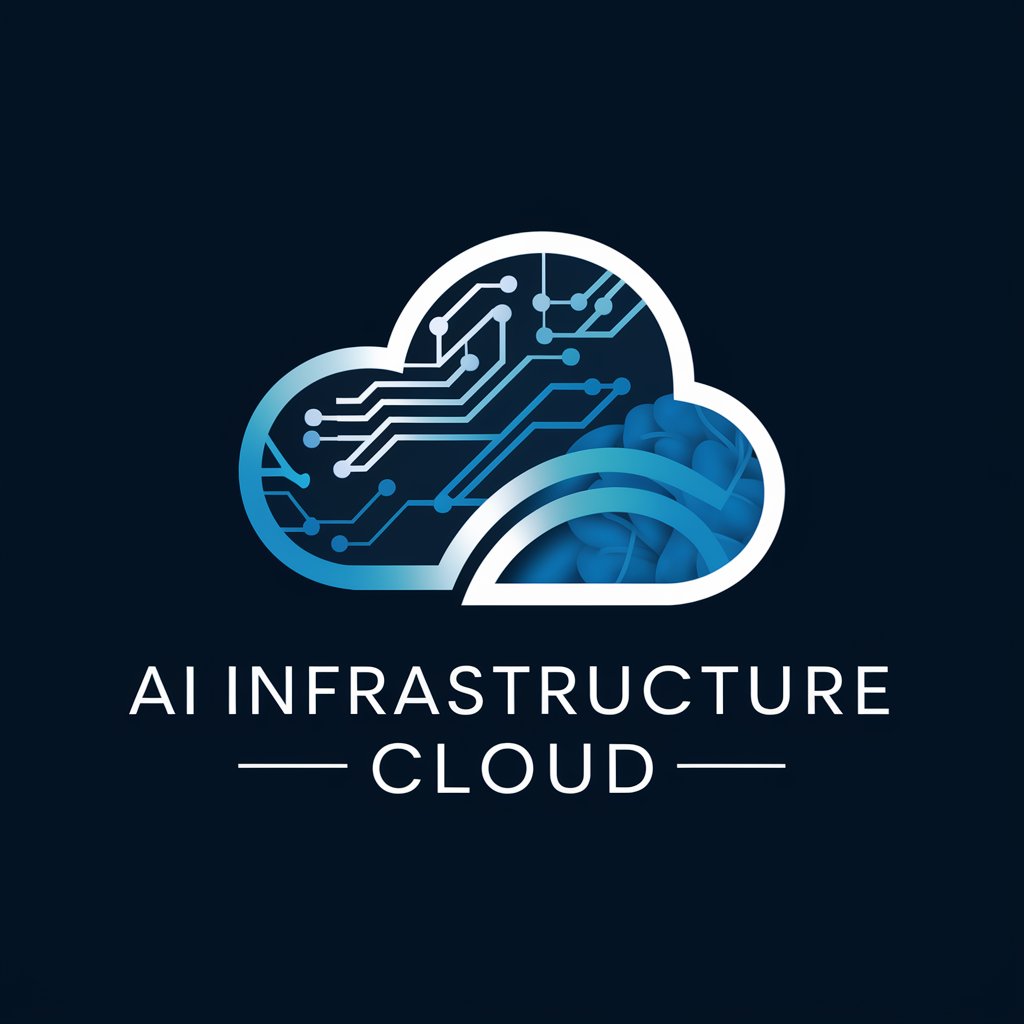
Edge Computing - Edge Computing Platform

Empowering Real-Time AI at the Edge
Tell me about the latest in edge computing.
How do I implement edge computing in my business?
What are common challenges in edge computing?
Can you explain edge computing for IoT?
Get Embed Code
Introduction to Edge Computing
Edge computing is a distributed computing paradigm where data processing occurs near the data source or at the edge of the network, as opposed to a centralized data center. This approach reduces latency, enhances response times, and minimizes data transfer costs. Edge computing is designed to support applications requiring real-time processing, such as IoT devices, industrial automation, autonomous vehicles, and smart city infrastructure. For example, in a smart city scenario, edge computing can be used to analyze traffic patterns and manage traffic lights to improve traffic flow without sending data back to a central server. Powered by ChatGPT-4o。

Main Functions of Edge Computing
Reduced Latency
Example
Edge computing processes data at the point of collection, reducing the delay in communication. This is crucial for applications like augmented reality (AR) and virtual reality (VR), where immediate feedback is essential.
Scenario
An AR headset uses edge computing to process graphics and user interactions in real-time, providing a smooth and immersive experience without noticeable delays.
Bandwidth Optimization
Example
Edge computing reduces the need to send large volumes of raw data to central servers, conserving bandwidth. This is particularly useful in industrial settings with numerous sensors generating large amounts of data.
Scenario
In a manufacturing plant, edge devices process sensor data locally and send only relevant insights to a central system, reducing bandwidth requirements.
Enhanced Security
Example
Edge computing allows sensitive data to remain local, reducing the risk of unauthorized access during transmission to a central server. This function is critical for applications handling personal or confidential information.
Scenario
A healthcare provider uses edge computing to process patient data at the local level, ensuring that sensitive information is not transmitted over the network unnecessarily.
Ideal Users of Edge Computing
Industrial and Manufacturing Companies
These companies benefit from edge computing because it enables real-time monitoring and control of industrial processes. By processing data at the edge, they can quickly respond to issues and optimize operations.
Healthcare Providers
Healthcare providers often handle sensitive patient data. Edge computing allows them to process and store this data locally, enhancing security and compliance with regulations such as HIPAA in the U.S.
Telecommunications and Network Operators
Edge computing is critical for telecommunications, enabling low-latency services and reducing bandwidth requirements. It supports emerging technologies like 5G and facilitates efficient content delivery.

Getting Started with Edge Computing
Start with a Free Trial
Begin by visiting yeschat.ai to explore Edge Computing capabilities without the need for login or a ChatGPT Plus subscription.
Identify Your Needs
Assess your specific requirements to determine how Edge Computing can optimize your operations, whether for real-time data processing, IoT device management, or localized data storage.
Set Up Your Infrastructure
Deploy the necessary hardware and network infrastructure to support edge computing. This might include edge servers, IoT devices, and secure network connections.
Configure Edge Nodes
Install and configure software on edge nodes to handle tasks locally. This includes setting up data processing applications and management tools to monitor device performance.
Optimize and Scale
Continuously monitor performance to optimize processes and scale edge solutions based on analytical insights and evolving needs.
Try other advanced and practical GPTs
Innovator's Edge
Empower Innovation with AI

Strategic Edge
Strategize Ethically with AI

Negotiator's Edge
Enhancing Relationships with AI Empathy

Innovate Edge
Enhance Your Professional Content with AI

Reason's Edge
Empowering Thought with AI

Elminster's Edge
Your Portal to Advanced D&D Mastery

Fighter's Edge
Sharpen Your Edge with AI-Powered Fight Analysis

EDGE Virtual Advisor (EVA)
Empowering Change with AI Assistance

Equity Edge
Empower Your Investments with AI

Ethical Edge Researcher
AI-powered Ethical Biologic Insights

Ringer
Find Your Perfect Fit, Powered by AI

Salad Fingers
Unveil the surreal with AI-powered interactions

Frequently Asked Questions about Edge Computing
What is edge computing?
Edge computing refers to processing data geographically closer to where it is generated, rather than relying on a central data center. This approach reduces latency, increases processing speed, and enhances data security.
How does edge computing benefit IoT devices?
By processing data locally on IoT devices or nearby edge servers, edge computing reduces latency, conserves bandwidth, and improves the responsiveness of IoT applications.
What are the security implications of edge computing?
Edge computing introduces unique security challenges, such as securing a larger number of access points and managing distributed data. However, it also limits the exposure of data transmission, enhancing overall security.
Can edge computing work in remote areas?
Yes, edge computing is particularly beneficial in remote areas where connectivity might be limited. It allows for local data processing, ensuring functionality regardless of network connectivity.
What industries benefit most from edge computing?
Industries such as manufacturing, healthcare, and automotive, where real-time data processing is critical, benefit immensely from edge computing for timely decision-making and operational efficiency.
